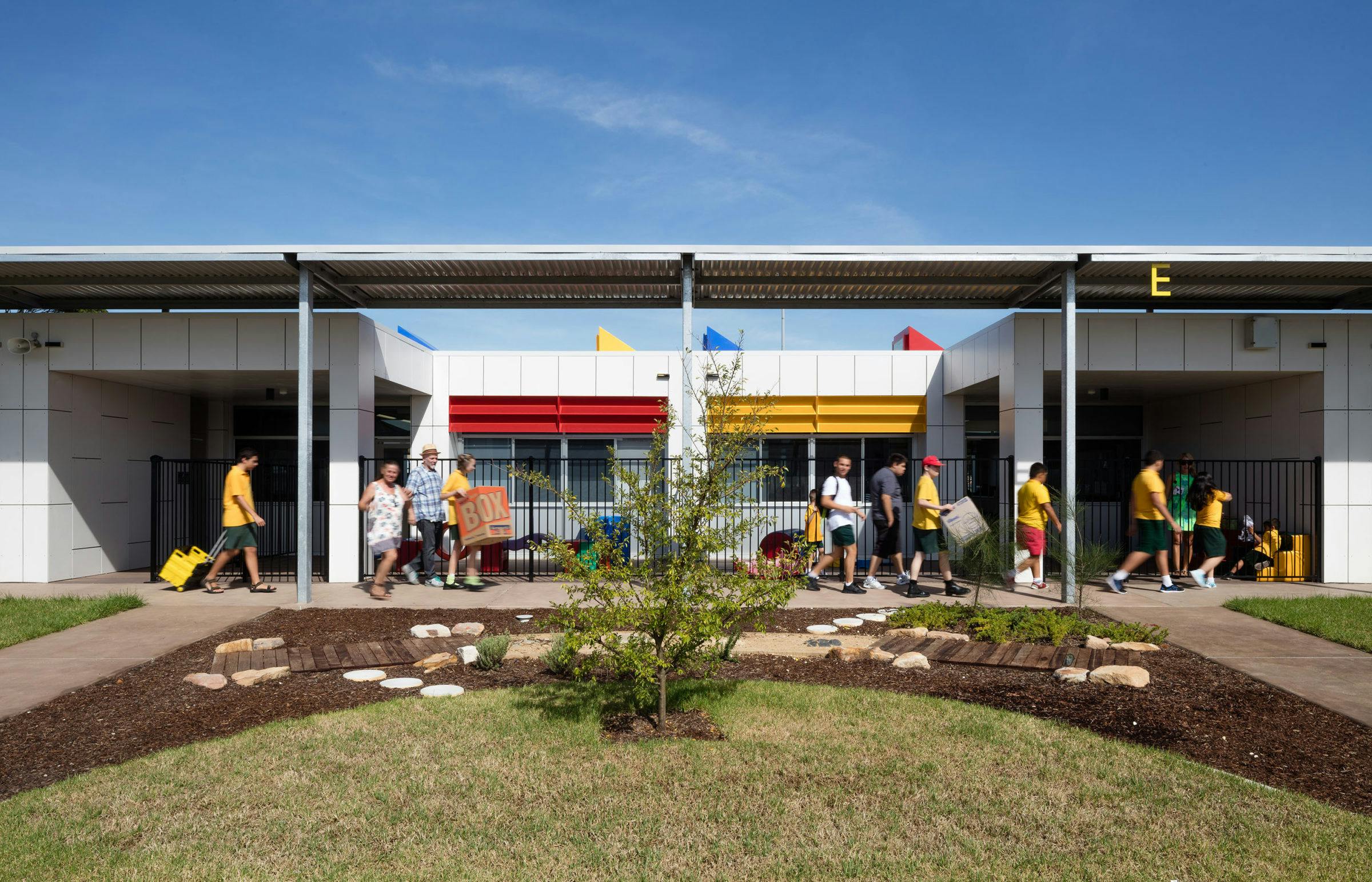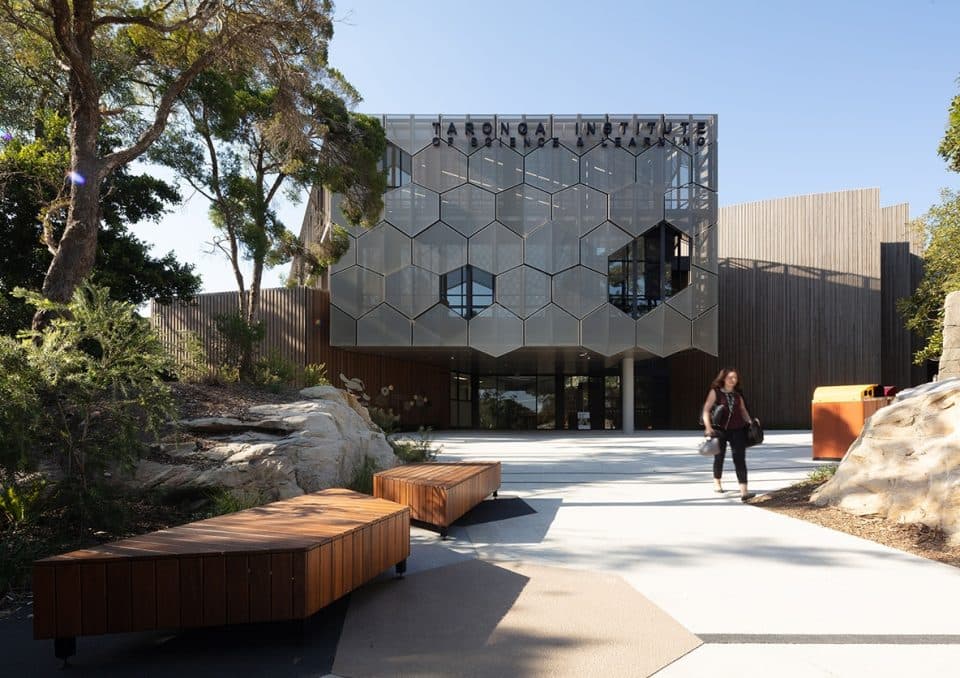Designing Soft Transitions

Abrupt changes can be disturbing: hot to cold, dark to light, silence to noise, fresh air to odours, start to stop… They can rattle our sensibilities and most of us can experience a range of emotions from fear to discomfort.
This challenge is much more exaggerated when you are a child and even more exaggerated if you are one of the many on the autism spectrum. As an architect I want ensure spaces have comfort and equity.

More than 1 in 100 Australians are autistic. If we first think first about children, our design approach has the potential to shape better environments for education spaces. In doing so we can shape society to improve the conditions for all people, not just singling out minorities on the spectrum.
Architects, landscape architects and interior designers have the power to improve the life for autistic students in schools and in doing so improve conditions for all.
Let’s start at the threshold. How do we deal with transitions, the in-between spaces? Can we make them softer and less abrupt; can we create environments where it is moderated between hot and cold, can we create environments where it’s not fully concrete and then fully grass, can we bring outdoors inside to be more natural, can the colours be less primary and more a natural palette mix. Allowing the natural environment to filter indoors is key. Remembering that although northern sun gives solar gain it is the southern sky which will give a more even and less abrupt light.

There are many ways we can soften the transitions. Many of these ideas appear obvious but are often missed or cut out because of cost. Let me suggest these ideas of a softer threshold will ultimately cost society less by creating a better-balanced wellbeing for all.

Melonba Educational Campus

Dillwynia Correctional Centre Expansion
